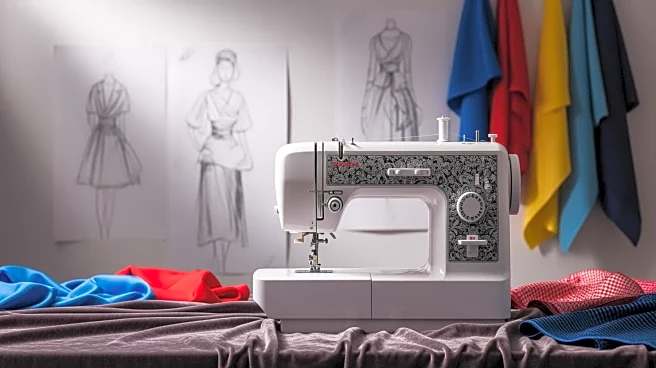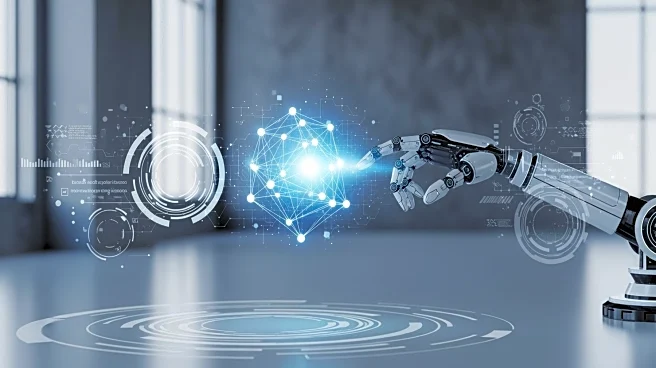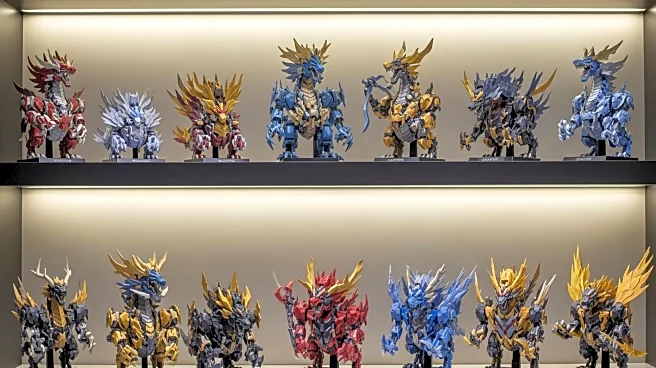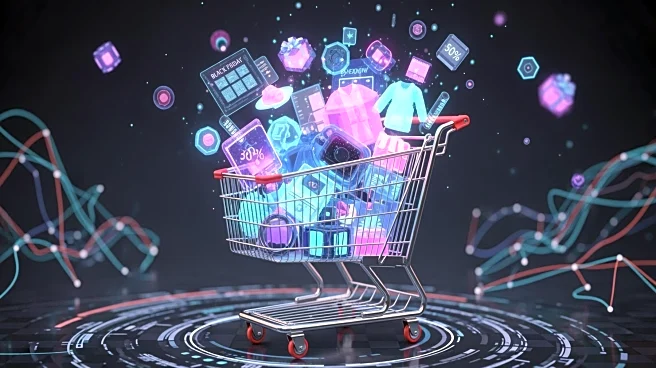What's Happening?
The fashion industry is grappling with the integration of AI and its impact on jobs. While companies like Amazon and Target have announced layoffs, many fashion firms are investing in AI to automate tasks
and increase productivity. However, there is a disconnect between public AI initiatives and internal communications, leading to employee uncertainty about job security. Some companies, like Rokt, are taking proactive steps by providing AI tools and training to employees, while others are struggling to balance innovation with workforce stability. The industry faces the challenge of addressing employee concerns and ensuring that AI enhances rather than replaces human creativity.
Why It's Important?
The fashion industry's approach to AI integration highlights broader concerns about technology's impact on employment. As AI becomes more prevalent, companies must navigate the balance between technological advancement and workforce stability. The fashion sector, known for its creativity, faces unique challenges in maintaining its artistic integrity while adopting AI. The industry's response to these challenges could set precedents for other sectors facing similar issues. Ensuring transparent communication and providing adequate training can help mitigate fears and foster a collaborative environment where AI and human creativity coexist.
What's Next?
Fashion companies are likely to continue exploring AI applications while addressing employee concerns about job security. This may involve developing comprehensive training programs and fostering open dialogues about AI's role in the workplace. Companies might also need to redefine job roles and responsibilities to incorporate AI tools effectively. As the industry adapts, there could be a shift towards more collaborative and innovative work environments that leverage both human and AI capabilities.











